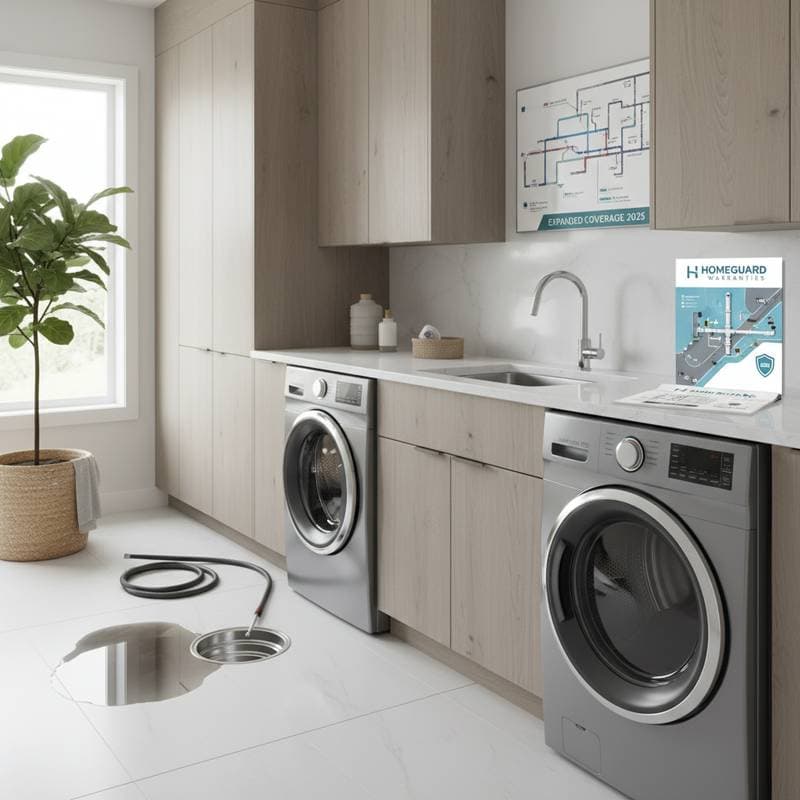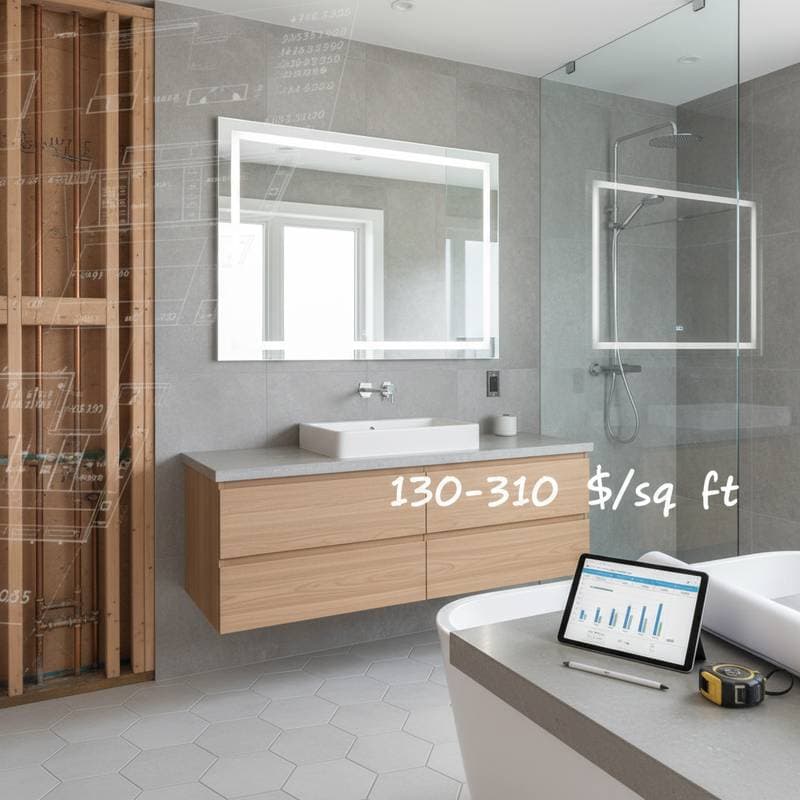Why Standard Home Insurance Excludes Sewer Backup Coverage
Standard home insurance policies protect against many perils, yet they often leave homeowners vulnerable to sewer backups. These events occur when wastewater reverses flow due to clogs, tree roots, or municipal issues, leading to flooding and contamination inside the home. Insurers classify such incidents as preventable maintenance failures rather than sudden disasters, which explains the exclusion. Homeowners must seek specialized coverage through endorsements or home warranties to address this gap.
Sewer backup damage can exceed thousands of dollars, affecting floors, walls, and personal belongings. Without proper protection, cleanup and repairs fall entirely on the property owner. Understanding these limitations empowers individuals to make informed decisions about additional safeguards.
Understanding Sewer Backup Coverage in Home Warranties
Home warranties extend beyond traditional insurance by covering repair or replacement of major systems like plumbing. For 2025 plans, sewer backup coverage typically includes clearing blockages in lines up to 100 feet from the home and addressing related pipe failures. Providers define coverage precisely, often limiting it to main sewer lines connected to the municipal system.
Key elements include service call fees, which range from $75 to $150 per incident, and annual limits that may cap at $5,000 or more. Exclusions commonly apply to pre-existing conditions, improper installations, or damage from natural disasters like earthquakes. Homeowners benefit from this add-on by gaining access to vetted contractors who handle emergencies promptly.
What Sewer Backup Coverage Includes and Excludes
Most plans cover the cost of professional excavation to access underground pipes, along with pipe repair or replacement using materials like PVC or cast iron. Coverage extends to temporary fixes during heavy rains when municipal systems overload. However, it rarely includes damage to septic systems or lateral lines beyond the property boundary.
Restoration costs represent a critical consideration. Plans vary in whether they cover repair of landscaping, driveways, or interior finishes after excavation. Some providers restore surfaces to their original condition, while others limit payouts to the pipe work itself. A detailed comparison helps identify options that align with specific home needs and budgets.
Steps to Secure Sewer Backup Coverage
Securing effective coverage requires careful preparation beyond selecting a plan. Homeowners should evaluate options systematically to avoid gaps in protection.
1. Review Existing Policies
Examine current home insurance and warranty documents thoroughly. Determine if sewer line or backup protection appears as an optional rider. Certain insurers provide limited coverage for backups under specific conditions, while many exclude it outright.
2. Request a Sewer Line Inspection
Arrange for a camera inspection by a licensed plumber prior to enrollment. This process reveals issues such as cracks, root intrusions, or debris accumulation that could affect eligibility. A favorable report strengthens claims and confirms the system's baseline condition.
3. Compare Warranty Providers
Evaluate companies focused on plumbing systems or offering dedicated sewer protection. Assess coverage caps, specific exclusions, and available service networks. Providers like HomeServe or American Home Shield collaborate with local utilities, potentially lowering expenses for qualifying properties.
4. Confirm Coverage Definitions
Verify what constitutes a "backup" under the policy terms. Some plans address only pipe repairs, excluding interior water damage or cleanup. Inquire about inclusions for restoration and sanitization, or prepare for supplementary insurance to cover those aspects.
5. Maintain Detailed Records
Document all maintenance activities, including drain cleanings and inspections. Providers frequently reject claims linked to neglect, so records demonstrate responsible upkeep. Retain receipts from professionals to support future interactions.
Signs That Require Professional Intervention
Homeowners should recognize indicators of serious sewer problems to prevent escalation. Attempting DIY solutions risks worsening the situation and invalidating coverage.
- Sewage emerging from multiple drains simultaneously
- Water pooling near floor drains or sump pits
- Recurring clogs despite repeated clearing efforts
- Moist areas or depressions in the yard over sewer lines
Professionals employ tools such as augers and cameras to diagnose and resolve blockages efficiently. Their expertise ensures compliance with warranty requirements and minimizes health hazards from contamination.
Key Factors in Selecting a Warranty Provider
The choice of provider influences the overall reliability of coverage. Prioritize elements that enhance service quality and accessibility.
- Reputation: Review customer feedback and ratings from organizations like the Better Business Bureau.
- Transparency: Select firms that detail inclusions and exclusions upfront.
- Response Time: Confirm dispatch speeds for urgent plumbing emergencies.
- Local Network: Opt for providers with established contractor partnerships in your area.
- Claim Process: Favor straightforward systems for submitting claims via online or mobile platforms.
Insights from homeowner discussions on platforms like Reddit or Quora highlight effective communication and scheduling flexibility as hallmarks of superior service.
Strategies for System Maintenance and Prevention
With coverage established, proactive measures reduce the likelihood of incidents. Many providers offer incentives, such as renewal discounts, for well-maintained systems.
Maintain a comprehensive log of inspections, cleanings, and repairs. This record aids in resolving disputes and builds a positive claim profile. In regions with challenging soil or elevated groundwater, install backwater valves or battery-backed sump pumps. These installations, costing $500 to $1,500, provide robust defense against reverse flows during storms or system overloads.
Advantages of Comprehensive Sewer Protection
Sewer backup coverage contributes to sustained home value and owner confidence. Prospective buyers view properties with verified underground system safeguards favorably. For those undertaking renovations, the warranty protects plumbing integrity throughout the project.
This protection enables swift responses to issues without financial disruption. Homeowners pay only the service fee, relying on experts for resolution. Such preparedness transforms potential crises into manageable events.
Safeguarding Your Home's Plumbing Infrastructure
Sewer lines operate out of sight yet underpin daily living standards. Neglecting subtle indicators invites extensive repairs beyond standard policy scopes. A targeted home warranty adds essential defense for this vital component.
Combine routine checks, upkeep, and informed policy choices to sustain reliability. These practices mitigate risks, preserving a safe and functional living environment over time.





